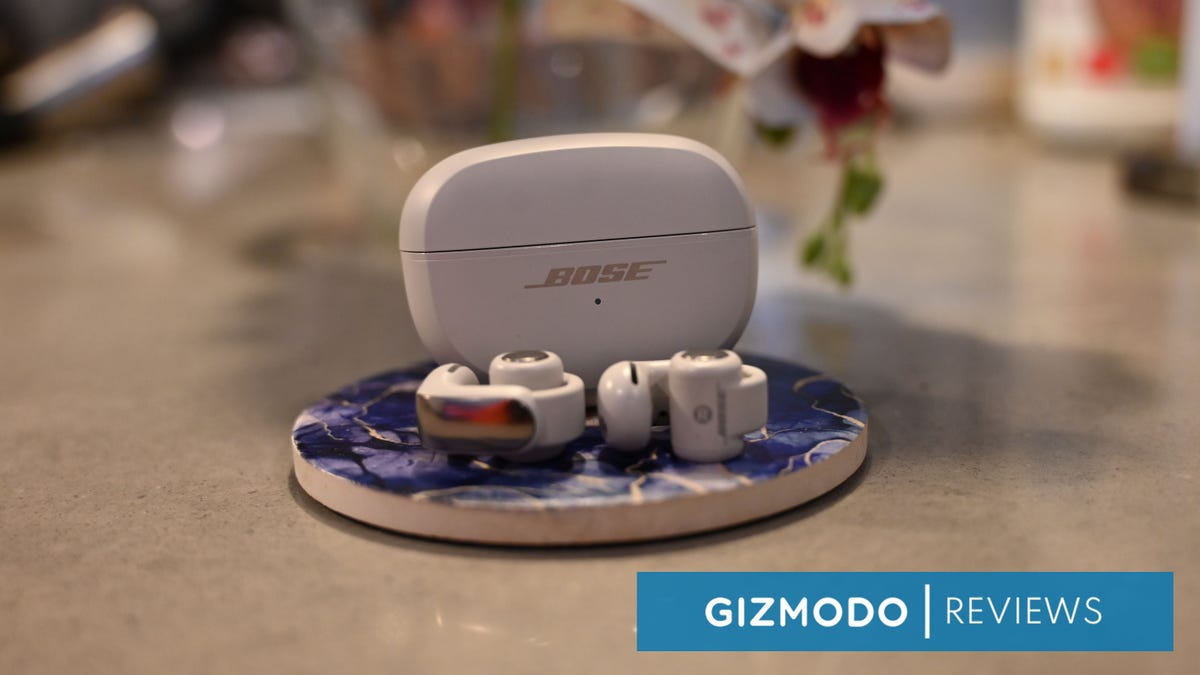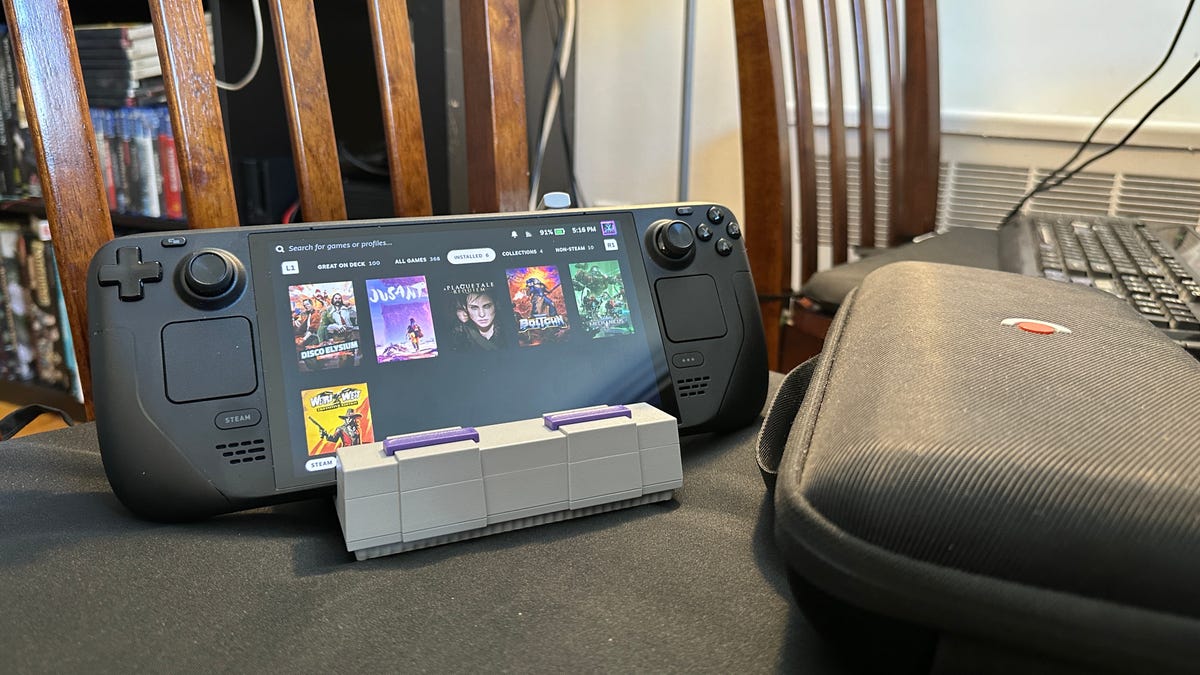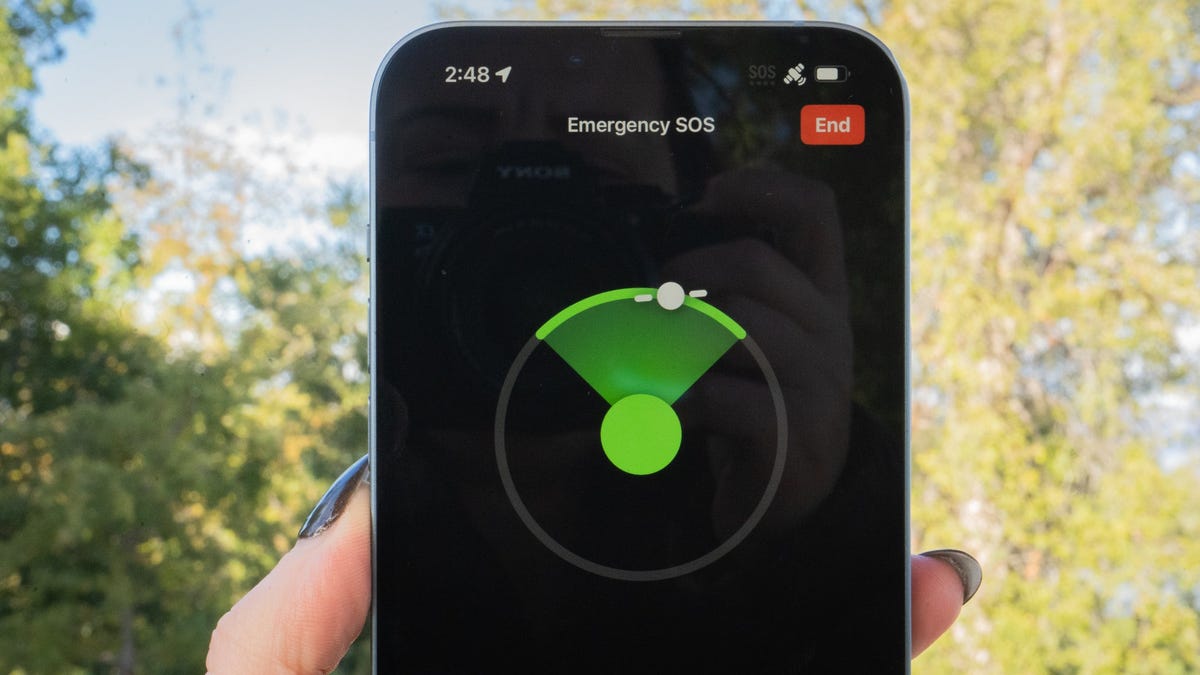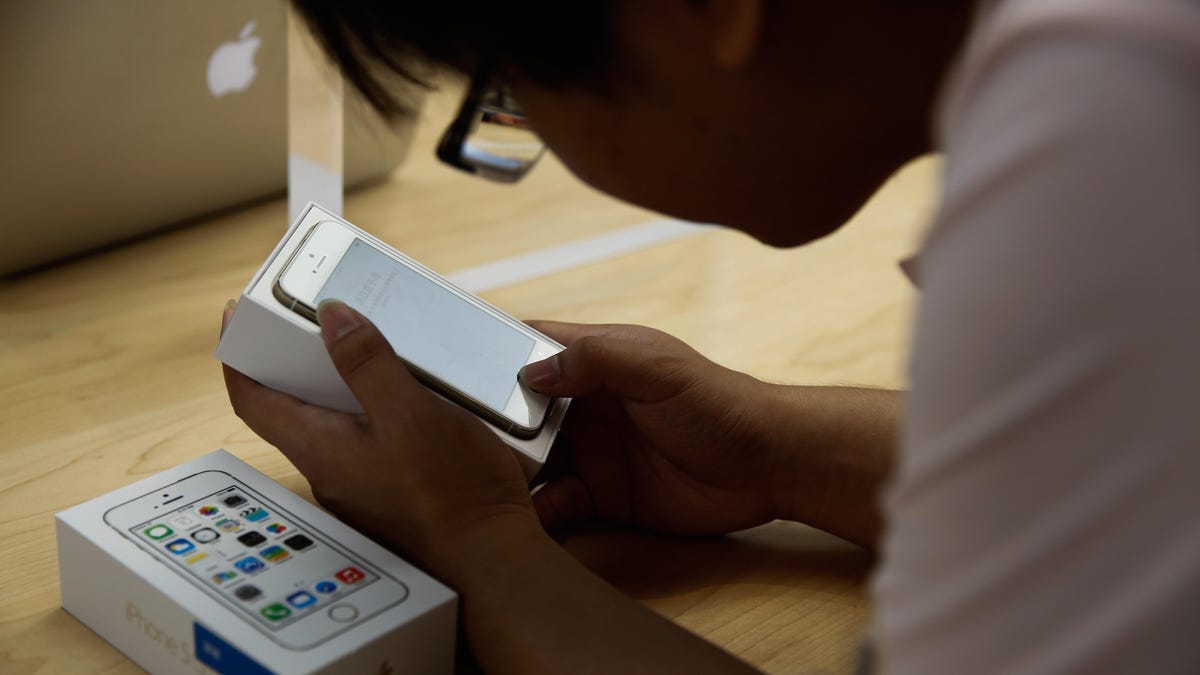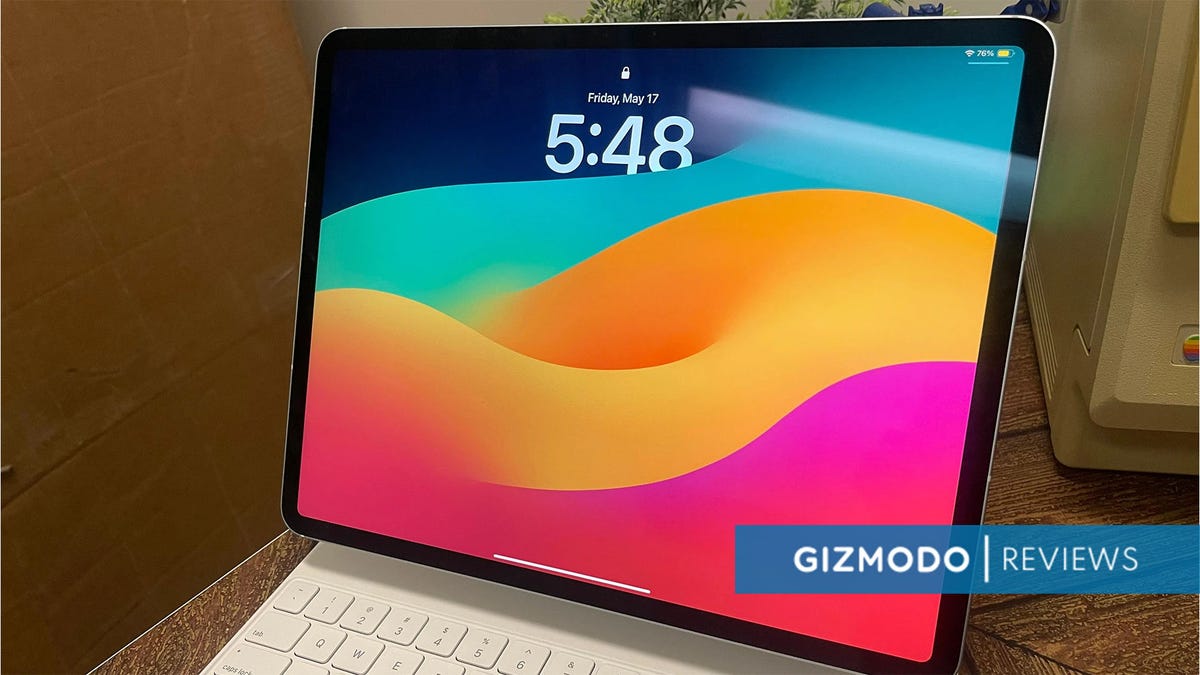This story is part of our new Future of Gaming series, a three-site look at gaming’s most pioneering technologies, players, and makers.
“Apple and gaming.” For decades, you’d be laughed at trying to use those two words together in a sentence. You might think that one of the world’s biggest PC brands would also be one of the best avenues for gaming, especially with all its bespoke components like the Mac-centric M-series and iPhone 15’s A17 Bionic chips boasting all that pint-sized power on a 3nm processor. But no: The gaming landscape on Mac is like a desert. Now, Apple is poised to change that sorry reputation—if only it can get out of its own way.
It’s hard not to feel ripped off when you pull up your Steam page on a brand new, ultra-powerful M3 MacBook Pro and find that 80% of your games won’t work on Apple’s latest laptop. A few developers have formed their own gaming fiefdoms in Apple’s ecosystem, and plenty of quality titles are available on Mac. But as Prince Faisal told Peter O’Toole in Lawrence of Arabia, the people living in the desert do not love the sand, “We love water and green trees. There is nothing in the desert, and no man needs nothing.”
The thing is, we know these games are capable of running on Apple products. Communities like the r/macgaming subreddit have been porting games to macOS for years with a combination of company and community tools such as Proton. The hardware is there; the community is there. The fertile field is sown. Where are the seeds, or—you know—the games?
In the past, Apple had an attitude problem. Namely, it wanted the same exclusivity and prominence it has with its other proprietary or ancillary software. Apple Arcade came in 2019, but while there are plenty of good games there, there’s not anywhere near the variety you can get elsewhere on PC. It didn’t have the same brand and quality in-house developers as Nintendo, and it didn’t have the same brand pull as either Microsoft or Sony. But over the last few months, it seems Apple has been trying to convince the press and the gaming industry as a whole that its priorities are changing. The Cupertino, California, company wants you to know it’s the next big spot for gaming, not just from its slate of Apple Arcade adventures but also from major blockbuster titles from major publishers.
At least, that’s what Apple’s tried to convey in talks with the press. Should Microsoft and Sony be afraid of the iPhone? No, not for a while yet. Apple wants gaming to be the next big use-case for Macs, iPhones, and—depending on whether the next tablet generation gets a big OLED screen update—maybe even the iPad. What Apple needs to do to set itself up for success is get out of its own damn way.
Apple’s Offering More Game Porting Tools, But the Ball’s in Developers’ Court
In June, Apple released a Game Porting Tool to bring Windows titles over to the Mac ecosystem more easily. That toolkit included means to compile shaders and translate the Windows API DirectX12 over to Apple’s own graphic rendering API Metal. Still, it’s not like it’s some easy fix. It’s mostly there to test how well a game will run on Mac rather than to create some fully commercially available product. This is Apple, after all. If you want to hang out in the tech giant’s blooming orchard, you have to agree to only pluck from its select trees.
“There’s never been a better time to bring your game to millions of new players,” Apple software engineer Aiswariya Sreenivassan said in a dev talk video released during the company’s WWDC 2023 showcase.
The maxim “if you build it, they will come” does sound good on paper, but at least in 2023, it’s paid only marginal dividends. Unfortunately, few of the most popular titles, with the exception of Baldur’s Gate III and the more recent Lies of P, Avatar: Frontiers of Pandora, and Warhammer 40K: Rogue Trader, released on Mac at the same time or close to the original date as their console and Windows PC counterparts. Next year could prove a big one for gaming on Mac, but there are few or any rumors to sustain hope for same-day releases on Apple products.
Look at the company’s first VR headset, the Vision Pro. It does not use controllers; instead, it opts for hand tracking. The marketing up to this point has made it clear Apple’s first “Spatial Computer” is meant for work and entertainment, but not really for gaming.
Apple has been courting more major publishers to get their biggest releases on Macs, but despite its current expanded library, it still needs more. Gamers don’t like it when they have to access multiple services for their library (which is why Valve’s Steam client still has such a domineering position, even if it’s still a similarly contained walled garden). To make Apple gaming viable, Apple needs to have a lot of big, hit releases on Mac, and all at once.
Which Developers Are Already Barking at Apple’s Door?
At several recent showcases, Apple held aloft several titles playable across its hardware ecosystem, most of them games that have been out for months or even years at this point. Tom Clancy’s The Division: Resurgence, the free-to-play spinoff mobile game coming in 2024, sure is playable across Apple’s lineup, but that’s not exactly the kind of title that pushes the kind of Apple and gaming narrative the company wants. Neither is Hello Kitty: Island Adventure or Disney Dreamlight Valley. Not to knock any of those games just because they’re not geared toward the “hardcore” crowd, but they’re not the kind of software that will truly push the Apple hardware in ways that would sell the world on Apple’ supposed foray into the gaming sphere.
The big news is instead how previously-released titles were making their way to Macs, iPads, and iPhones simultaneously. Hideo Kojima’s first “strand-type game,” Death Stranding Director’s Cut, is supposed to make its way to the Apple ecosystem on Jan. 31 after being unceremoniously delayed from its original December release date. I’ve played it on an M3-powered MacBook and a M1 Mac Mini, and if you were honestly wondering, it runs just fine. The draw distance is better on the M3, but it’s absolutely playable on the slightly older M-Series chips.
Still, it will have a far harder time on mobile, especially when the rain picks up and the draw distance starts to see those frames dip toward and below 30 FPS. If you’ve played any other major 3D games on mobile, you know this is a common enough issue.
This year’s lauded remake of Resident Evil 4 also made its way to Mac, iPhone, and iPad, with developer Capcom crafting a special, customizable interface to make the game somewhat playable on touchscreen devices. The game even runs on iPad Air, though with the textures and anti-aliasing dialed way, way back. I ran through the opening section of the game with a few developers, and despite some relatively low-res textures on an iPhone 15 compared to the game running on a Mac, it’s essentially the same experience.
These developers aren’t pushing any exclusive skins or features for their Apple release or—hell—even a new trailer. It’s a subdued announcement for two high-profile titles, but in the end, sales will matter. Games don’t lose steam despite their age, so long as they’re popular enough and get added to more platforms over time. Kojima Productions told me their sales numbers steadily increased over time simply due to how the game was updated and released on different consoles over time. Sure, the game had the Kojima brand helping keep it in players’ minds, but the Apple ecosystem remains a completely untapped market in many ways.
Of course, the company wouldn’t tell me if their next game, which appears to be a horror game cryptically titled OD, would be developed for the Apple ecosystem from the start.
Big-name developers and publishers might be taking a wait-and-see approach. Apple has had a harder time selling Macbooks at the tail end of 2023 than in previous years. Recent data from analysis firm IDC shows Macbooks make up a little more than 10% of the PC market share amid a global downturn of PC shipments, behind makers Lenovo, HP, and Dell. At the same time, Apple still maintains a lead over many other smartphone makers, and it’s still one of the most talked-up tech companies in the world.
Apple is going to sell both Death Stranding and Resident Evil 4 on its App Store. The main benefit is that each of these games will keep saving cross-platform, meaning if you’re an Apple die-hard, you can keep playing from the same point whether you’re on a Mac, iPad, or iPhone. It also means that you’re now dedicated to farming your games in Apple’s walled garden. It doesn’t have to be this way.
Apple Should Focus on Player Goodwill
Developer-specific tools are nice, but if Apple wants a full game ecosystem to bump sales for its products, it needs to stop thinking about games like it does everything else: to keep users tied to its products. Players have been screwed over by the current game ecosystem. They pay through the nose for every new skin, DLC, and mission pack for games that cost more and offer less than they did a decade ago.
In this day and age, goodwill goes a long way. Just look at how many games Epic gives away for free on the Epic Games Store, spending millions of dollars to drive players to its door. The company claims this strategy has helped boost daily active users by 3.2 million from 2021 to 2022, according to an interview from The Verge.
There’s the big elephant in the room with cloud gaming. Apple remains inextricably antagonist to third-party streaming services. You can access Game Pass Ultimate cloud gaming beta through the Game Pass app on the iPhone or iPad, though not on the Mac (of course, you can use the browser version of Game Pass). While Mac has Nvidia GeForce Now support on M-Series chips, there’s no GeForce Now app available on Apple’s mobile device, instead requiring you to launch the Safari version.
Of course, both services require that you have a quality internet connection, and it’s certainly not the best thing for games that require low-latency precision, but Apple could be far better to the gaming community if it could give its competitors free rein on its hardware.
Netflix is the kind of deep-pocketed company willing to shake up the entire gaming ecosystem. Over the past year, it’s gobbled up video game developers and has brought edging on 100 titles to both Android and iOS through their respective app stores. All you need to access these games is a Netflix account. There are a surprising number of quality titles available, such as Dead Cells and Kentucky Route Zero, and all of them are available on iPhone.
The big surprise from this past month was the mobile release of the first three Grand Theft Auto: Definitive Edition titles to phones. What’s most exciting is how good they look and run on mobile, especially compared to their disastrous console launch two years ago. Netflix’s tactic is to get you subscribed to Netflix and then incentivize you to keep your subscription to access their games. These are strange times for streaming, so who knows what will happen to its current catalog in the future.
The point is players enjoy feeling like they’re getting a benefit for spending time on a platform. They reciprocate that positivity with engagement, which is exactly what Apple needs.



